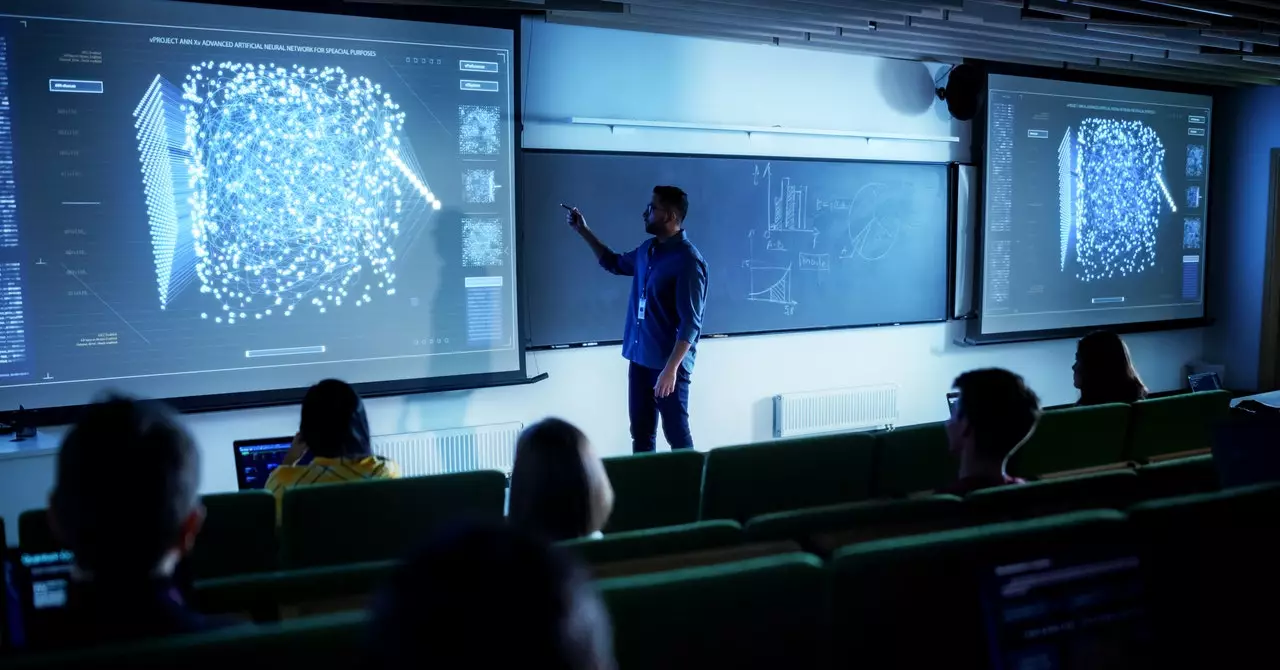Khanmigo, an AI-powered tutor, takes a unique approach to helping students by guiding them to find solutions on their own. Instead of providing direct answers to questions, Khanmigo encourages students to think critically and come up with ideas to solve problems. This method aims to empower students and help them become more independent learners. According to DiCerbo, Khanmigo’s teaching role is limited to assisting students when they get stuck on a particular concept or skill. The goal is to provide the necessary support to help students overcome obstacles and continue learning effectively.
The effectiveness of AI in engaging students is still a topic of discussion. Khan Academy is planning to release data on student-bot interactions to evaluate the impact of AI tutoring. Additionally, Saga Education has been experimenting with AI feedback to enhance student engagement. By analyzing transcripts of tutoring sessions, the Saga team found that tutors who received AI feedback were more likely to prompt students to explain their reasoning and engage in deeper discussions. While AI has the potential to improve student engagement, human involvement remains crucial in the learning process.
Recent advancements in AI technology have led to the development of emotionally intelligent AI systems that can analyze tone of voice and facial expressions to understand a user’s mood. However, even with this level of emotional intelligence, AI may struggle to fully engage students. According to experts, students can discern that AI lacks genuine care and interest in their learning outcomes. While AI can provide feedback on student work, it may not be able to inspire the same level of effort and dedication as human instructors.
As AI continues to evolve in the field of education, there are both challenges and opportunities to consider. While AI can offer personalized learning experiences and valuable feedback to students, it may not be able to fully replace human instructors. The key is to find a balance between leveraging AI technology and maintaining human interaction in the learning process. By embracing the strengths of AI and recognizing its limitations, educators can create a more engaging and effective learning environment for students.
The future of AI in education holds great promise, but it also presents challenges that need to be addressed. By incorporating AI technology into educational settings thoughtfully and strategically, educators can maximize its benefits and enhance the learning experience for students. While AI may never fully replace human instructors, it can complement their teaching methods and provide valuable support to students. As we continue to explore the possibilities of AI in education, it is essential to prioritize student engagement and learning outcomes to ensure that technology serves as a tool for empowerment and growth.


Leave a Reply